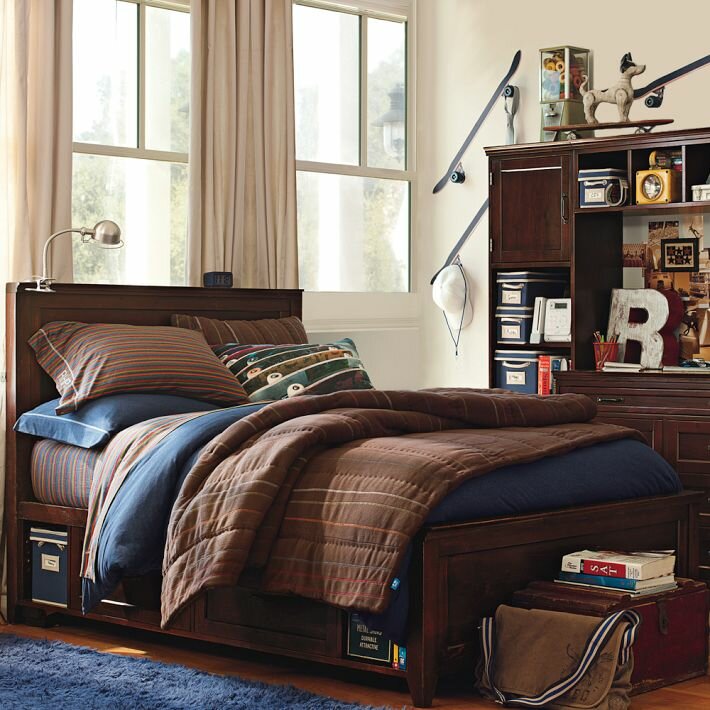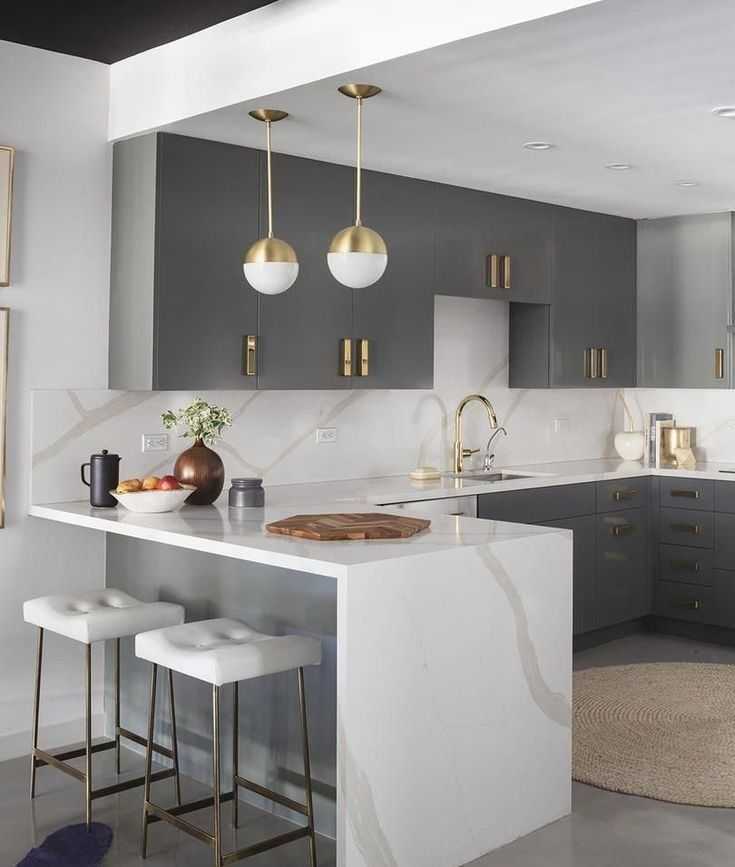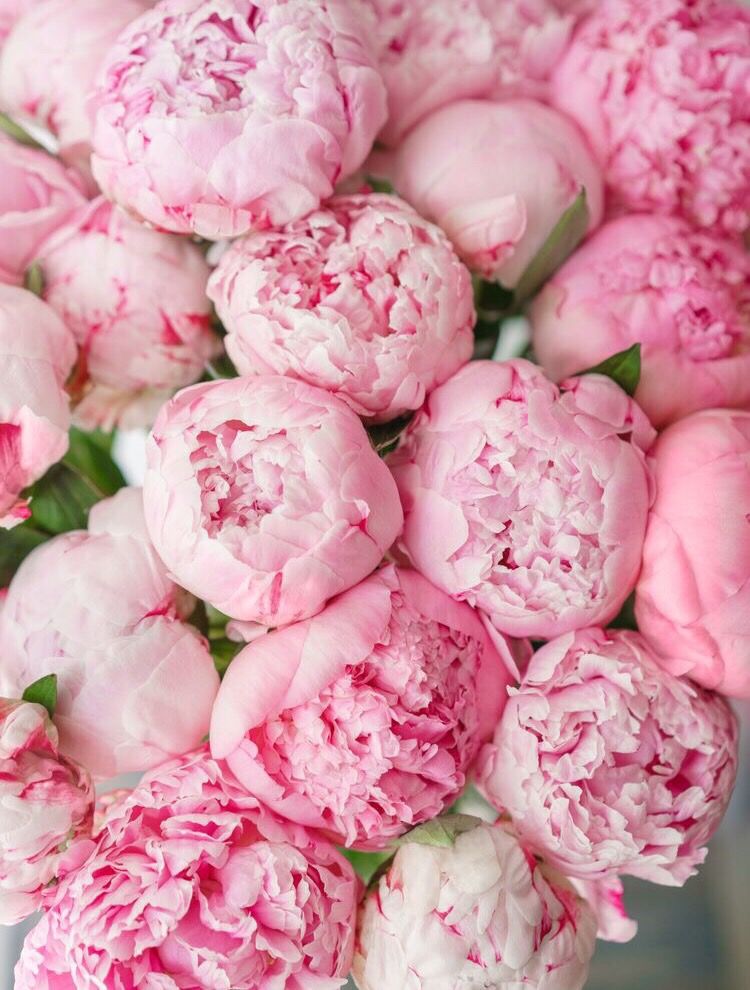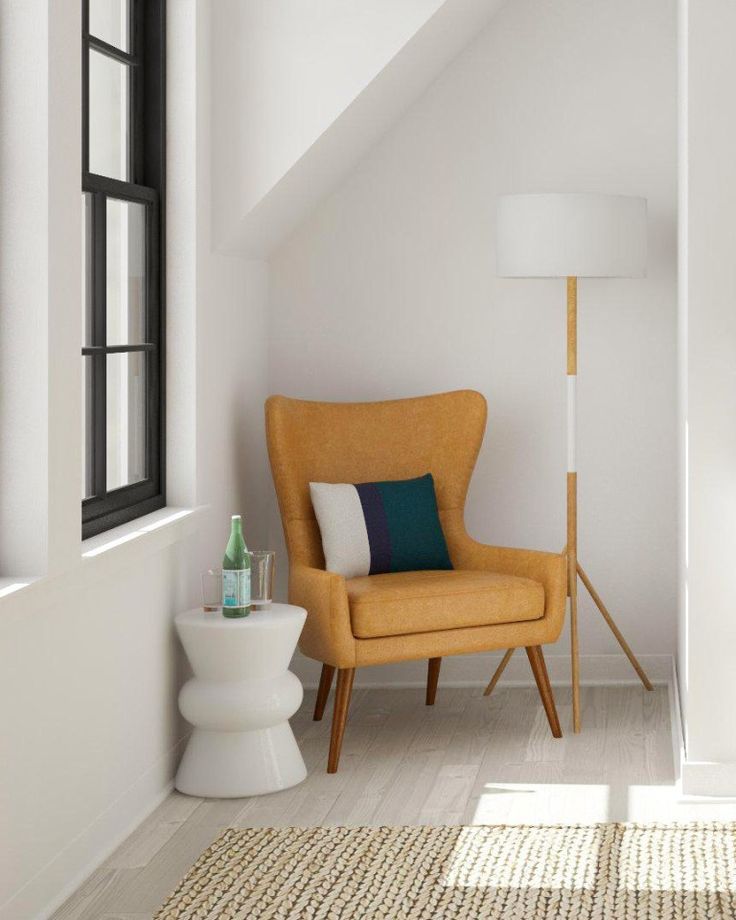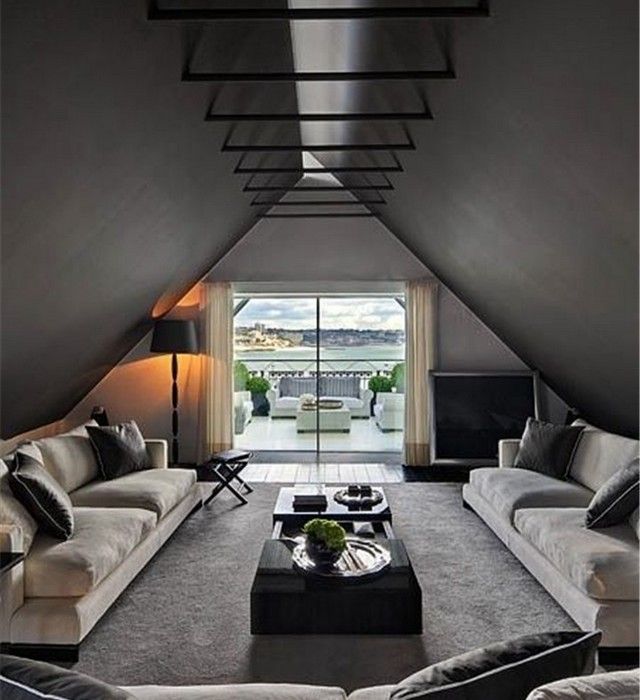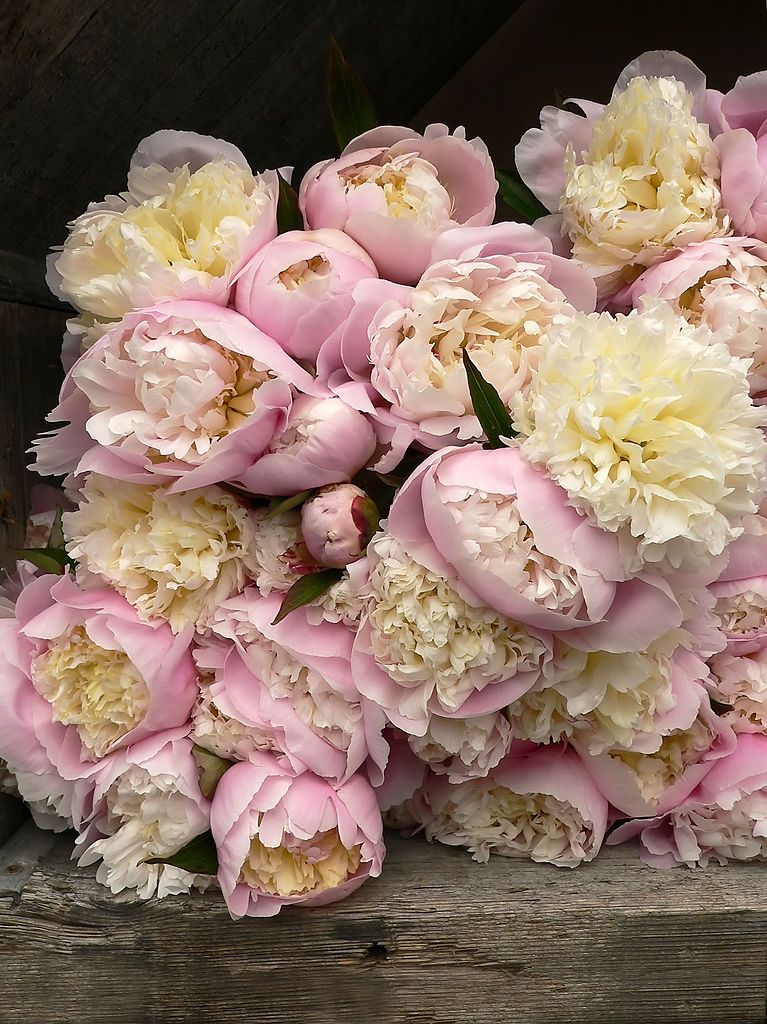Dress a bed
How To Dress A Bed
What's the best way to dress a bed? It would certainly make our lives easier (and our bed-making attempts more successful) if we knew the most popular bed dressing hacks, including how to style throws, cushions, bedspreads and other soft furnishings for the ultimate bedscape.
'The bed is the focal point of any bedroom and creates a cosy atmosphere that makes leaving bed irresistible. This is made all the more challenging when your bed is adorned with luxurious bed linen, comfy pillows and stylish throws and cushions,' says Joanna Ross, General Manager of Design at Sheridan.
It's a good thing then that we've spoken to the UK's leading bedding experts to reveal how to dress your bed like a professional, plus we share some really useful styling hacks that will give your bed that Instagrammable, 'straight from a magazine' look.
Take note on how to take your bed from boring to beautiful:
1.
Quality bedding
You do get what you pay for when it comes to bedding, so go for the best bed linen you can afford. The same applies for good quality filled inner bedding. 'Not only is it important for your bed to look good, but the quality of the bedding is also crucial to having a good night's sleep and impacts your mood for the rest of the day,' Lucy Ackroyd, Head of Design at Christy, tells us.
To get the crisp, clean, hotel bed look, you should invest in pure cotton high thread-count bed linen – the benefits are tenfold.
'Firstly, 100 per cent cotton products are naturally breathable so they help to regulate your temperature and moisture levels, stopping the clammy feeling you can experience with synthetic fibres,' Lucy explains. 'Secondly, high thread count fabrics are smoother against the skin, so as well as being much more comfortable, you are less likely to feel tangled up or trapped by rougher fabrics that cling, especially to nightwear.'
2.
Reversible duvet covers
If you're a fan of prints or you just like switching up looks on the regular, then it makes sense to invest in a reversible duvet cover. It not only provides two design options but adds a pretty additional feature to a bed when the top of the duvet cover is turned down.
But it's not all about bold patterns and colour blocking shapes. Those hoping to achieve a luxury hotel aesthetic with a white on white look can still benefit from a reversible duvet cover – simply keep it pared back, sticking to stripes or polka dots with a plain neutral on the reverse.
3. Pillow talk
'On a double bed, go for two pillows on each side, and make sure to fluff them up before sitting them on top of the duvet, with the open side facing the outer edge of the bed,' Lucy advises. 'If you want to upgrade your pillows even further, invest in a couple of pillow shams to match your bedding. Place the pillow shams on top of your usual pillows to hide them behind a more elegantly coordinated facade for a five star hotel look.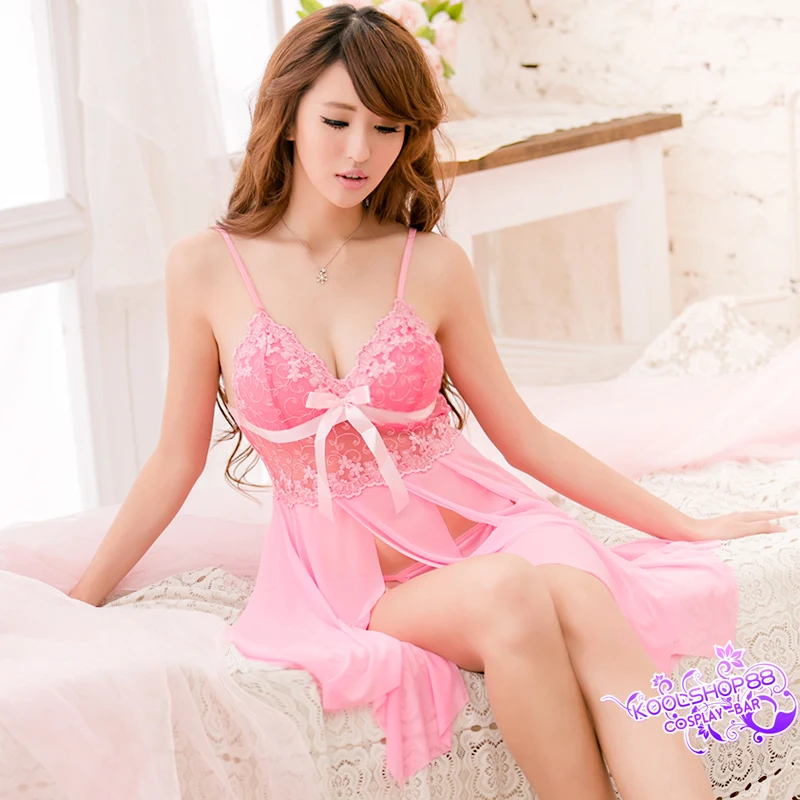 '
'
A common question asked with regards to styling a bed is whether pillows should be above the duvet or tucked underneath.
'When we style for photo shoots and in our customers' homes, we recommend one pillow beneath the duvet, and one on top. The top pillow provides the finished look and feel, leaving the lower pillow ready for sleeping on when the duvet is pulled back,' Georgia Metcalfe, founder of French Bedroom, explains.
And remember to coordinate the pillows with the duvet. Nic Shacklock at Online-Bedrooms.co.uk elaborates: 'The bottom two pillows should match your fitted bottom sheet in material and colour to achieve a super cohesive bed spread. The top pillows should match your duvet.'
Georgia recommends two pillows for double and king beds, and two super king pillows (50x90cm) for super king size beds. For Emperor beds, three standard size (50x75cm) pillows are recommended.
4. Bedspreads
Introduce colour and texture to your bedroom with a bedspread, or two.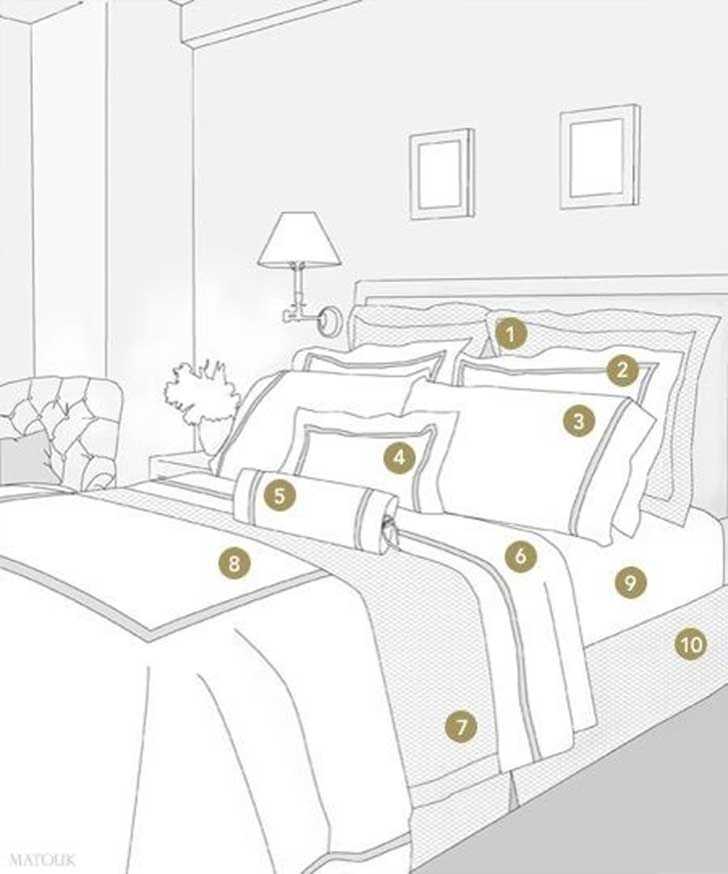 Georgia tells us how:
Georgia tells us how:
'Bedspreads look great when paired together; one plain, one patterned. Pick a key colour from your patterned bedspread, bedroom curtains, artwork or wallcoverings. Use this colour in the lower bedspread, either covering your whole bed or just the lower half. Then lay the patterned bedspread on top, half width, so it creates a slim panel of pattern on top of the plain. This will create a considered and coordinated aesthetic, straight from an interior designer's playbook!'
5. Throws
Throws are still a great styling device for beds, but ensure it's not too neatly folded along the bottom of the bed. Throws should look more informal, casually draped over the corner.
'When it comes to adding throws and blankets onto the bed, it’s all about creating soft, textural layering. Loosely draped across the bottom third of the mattress is where I find strikes a balance between structured styling and laid-back décor,' says Shelley Cochrane, Retail Merchandiser at Furniture Village.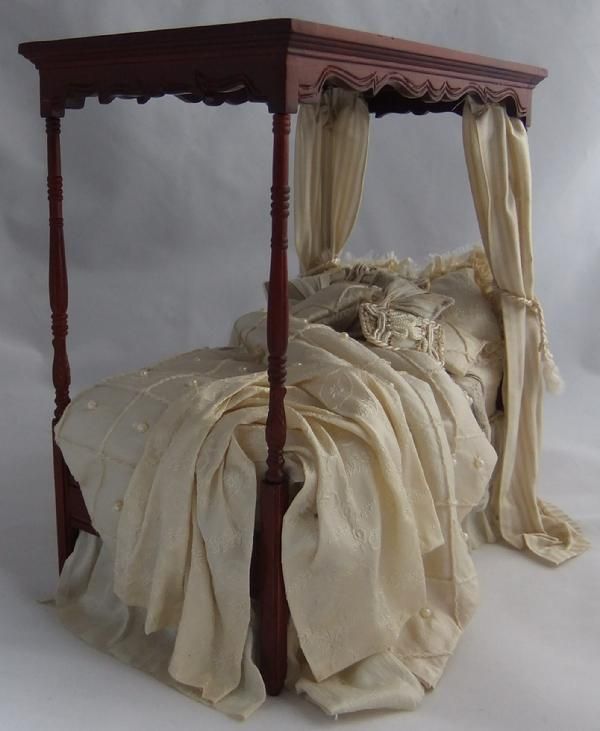 'I love to opt for crepe materials as they bring a beautifully soft, yet tactile element.'
'I love to opt for crepe materials as they bring a beautifully soft, yet tactile element.'
And don't just stick to one colour – similar to a bedspread, combining two throws in a mixture of colours and textures can work wonderfully too.
6. Cushion love
Layering cushions is essential for a super stylish, well-presented bed. But how many, exactly?
'Go for somewhere between three and six cushions depending on the width of the bed and preference,' reveals Lucy, who says you should always group them together by size, with the largest at the back and smallest at the front.
Cushions are 'great at eliminating gaps between pillows and a lovely way of bringing the full bedroom design together,' says Georgia. Choose a colour, motif, or style from your bedroom design and recreate this in the cushion design.
'Think softly curved cushions with pom-pom detailing for ethereal-inspired bedrooms, Mongolian sheepskin cushions for rustic, cottagecore spaces, and slightly rough-hewn cushions for the more desert-inspired dwellings,' Shelley adds.
Top tip: If you like to refresh your bedroom look seasonally and you're limited on storage space, a cost-effective option is to invest in cushion covers – try H&M and IKEA for a great range of designs and colourways.
The golden ratio
James Rotheram, M&S Insider and Visual Merchandiser at M&S homeware, reveals the exact number of scatter cushions needed to avoid your bed looking overly busy and a little overwhelming.
• Single bed: One large cushion and one bolster cushion
How to arrange: 'I recommend using a large upright cushion sitting against the flat base pillows and then adding another smaller cushion on top,' says James.
• Double bed: Two large cushions, two small bolster cushions and one small square cushion
How to arrange: 'On a standard double bed, as well as your pillows, aim for two large cushions and layer up with two smaller rectangle cushions,' James advises.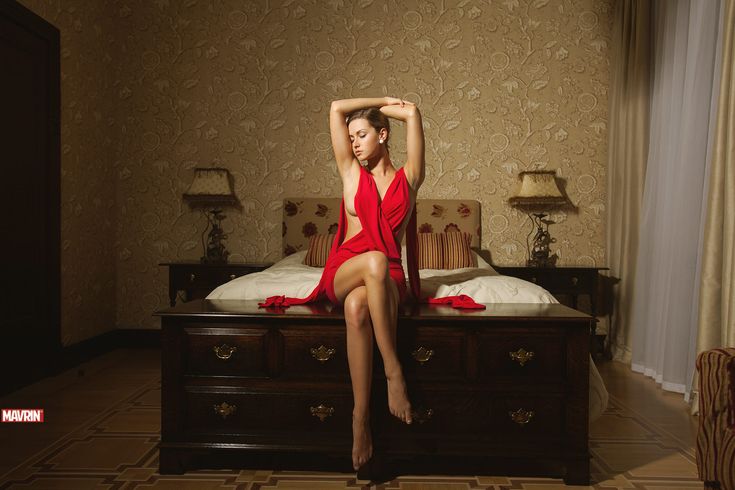 'You can then marry the sides of the bed up with a small square cushion at the front of the arrangement.'
'You can then marry the sides of the bed up with a small square cushion at the front of the arrangement.'
• King-size bed: Three large cushions, two square sham cushions, two large rectangle cushions and one bolster cushion
How to arrange: 'For a king-size bed, add a third large cushion at the rear and use two square sham cushions in second place, which sit behind larger rectangular cushions and complete the look with a textured bolster cushion in the centre,' James suggests.
7. Layering
Texture and layering is key for successful bed styling. The aim should be to achieve 'casual elegance' – layer up bedding and accessories for an effortless look that doesn't try too hard. If you’re after a more relaxed look, linen is a great option as it doesn't need to be ironed.
8. Attention to detail
Dressing beds is all about attention to detail. Small details like a button, exposed zip, piped edge or metallic foiling can add that extra layer of sophistication to bed styling. And what lies beneath is important. For the more meticulous among us, a flat sheet with old school hospital corners is a nice detail (especially in a guest room at Christmas time).
Small details like a button, exposed zip, piped edge or metallic foiling can add that extra layer of sophistication to bed styling. And what lies beneath is important. For the more meticulous among us, a flat sheet with old school hospital corners is a nice detail (especially in a guest room at Christmas time).
9. Turn down the bed
Prepare your bed for that cosy, 'can’t wait to dive in' feeling by simply fluffing up pillows and duvets to even out the filling and return their plump.
Jessica Hanley, founder of luxury comfort brand, Piglet in Bed, comments: 'Turning down the bed might sound tedious, but really, all you have to do is fluff your pillows and fold down your duvet so your bed is ready to jump into. This will help get your mind ready for sleep, especially if you make it a regular part of your routine. Making sure your room is tidy and keeping your sheets fresh can also help considerably.'
10.
Finishing touches
Invest in a sleep spray to help you enjoy a peaceful slumber. 'Spritz liberally around the room and onto your bed linen before you jump in – linen sprays are also a great way to freshen up your sheets on days they haven't been washed,' Jessica adds.
Hosting guests? To add the ultimate finishing touch to your bedscape, invest in a durable bed tray for your guests and laden it with some tasty treats.
Follow House Beautiful on Instagram.
A five-star hotel guide to styling a bed |
When you purchase through links on our site, we may earn an affiliate commission. Here’s how it works.
(Image credit: Jake Curtis)
Whether you are styling a bed in your master room or a guest room, a bed should look inviting. And certain to deliver on the promise of a luxurious night’s sleep. To help you make the most of this bedroom essential, we’ve spoken to industry experts to reveal how to style a bed for maximum impact and comfort.
Before dressing a bed, it is important to get the foundations – the bed linen – right. A set of bed linen can make all the difference between a good and bad night’s sleep. And between a beautiful look and a slightly scruffy affair.
Once you have established that solid base, the three most important elements of styling a bed are the pillows, cushions and throws. They should complement your other bedroom ideas and the bedroom color scheme, but also add texture and depth to the room.
How to style a bed
Bedroom styling is all about creating layers of comfort – with the bed the focal point of the space. Use this quick guide to find out how to style a bed – then you can welcome guests in style, and treat yourself to a hotel-style bedroom, every night of the week...
1. Ensure your bed is eye-catching
(Image credit: Future / Simon Brown)
You may already be compiling bed ideas, but if not, it's well worth considering if you want your bed frame to be part of your bed styling. It might be that you want to choose a shapely frame that chimes with your home's period – a solid wood four poster with canopy in a traditional scheme or a modern, brightly painted one in a more modern bedroom, as above.
It might be that you want to choose a shapely frame that chimes with your home's period – a solid wood four poster with canopy in a traditional scheme or a modern, brightly painted one in a more modern bedroom, as above.
Or, perhaps you want the headboard or bedlinen to be the focal point?
2. Style a bed with a beautiful headboard
(Image credit: Elicyon)
Stand-out headboard ideas are guaranteed to frame any bedlinen you put on the bed. When considering a headboard as part of styling a bed, you need to consider four things. The headboard's height – very tall or wider-than-the-bed headboards are much grander-feeling than standard sizes; its shape – add curves to boxy rooms, for example; its material – to add texture; and its colors – to complement and tie together both the bedroom's scheme and the bedlinen.
3. Consider a color scheme when styling a bed
(Image credit: Future plc)
When styling a bed it is important to consider bedroom color ideas to settle on a color scheme, starting with the bedsheets. Simple, white bedsheets are the perfect neutral base, much like a crisp white shirt. Tie the bed in with the rest of the bedroom by selecting cushions and throws in complementary colors. Or use it as an opportunity to add some seasonal color to the room.
Simple, white bedsheets are the perfect neutral base, much like a crisp white shirt. Tie the bed in with the rest of the bedroom by selecting cushions and throws in complementary colors. Or use it as an opportunity to add some seasonal color to the room.
'Warm tones will create a cozy atmosphere throughout the autumn months, reflecting the falling leaves with rust and ochre hues,' explains Emily Dunstan, Home Buyer at Heal's . 'Whilst warm neutral hues can be layered to offer a crisp and fresh vibe in the spring and summer seasons.'
However, if you are tempted by the plethora of printed sheets on the market Lucy Ackroyd, Head of Design at Christy suggests starting with the bedding before decorating the rest of the bedroom. 'If you pick a bold design for your bed, such as botanical duvet covers with matching printed cushions. Then use this as the stimulus to decorate the rest of your room, incorporating complementary paint colors and plants,' she explains.
4. Pick the best pillows and cushions – and position them correctly
(Image credit: Barlow & Barlow)
Pillows above or below the duvet? We say over – that is how you will see them positioned in the best five star hotels. Smooth out the duvet first, then place the pillows on top.
Smooth out the duvet first, then place the pillows on top.
Picking out the best pillows for your bed is vitally important – our edit for buys that won't just look smart but will ensure you sleep better, too.
Then: cushions. We prefer them sitting smartly, symmetrically and upright so that they face into the room. Your partner may moan, but two pairs, as shown above, make your bed look more luxurious than just one on each side.
5. Style a bed with a reversible duvet
(Image credit: Paul Raeside)
A duvet can of course also be folded back if you don't want to smooth it beneath your pillows – and if it's reversible with a pretty design on the underside that complements that of the upper side, it allows for more visual layering of your bedlinen.
6. Use throws to layer on different textures
(Image credit: Davide Lovati)
Texture is key to creating a cozy and inviting bed you will want to snuggle up in. Layer different textures with cosy woolly blankets, knitted cushions and even faux fur for a touch of luxury. You can even add texture in at the foundation of the bed with a crushed linen duvet cover.
Wrinkled linen bedding is perfect for creating a relaxed look. A clever trick to keep your bed looking stylish if you don't have time to iron your bedding.
7. Invest in good quality bedlinen
(Image credit: The White Company)
A common bedding mistake is to choose the wrong type of bedding - always check the label to see what the bedlinen is made out of before investing. Linens and cottons are the perfect bedding material. 'The natural fibres keep you cool in summer, warm in winter and they look great,' explains Charlie Marshall, Loaf founder.
It is best to aim for a 300 or 400 threat count linen, woven from good quality cotton for a great nights sleep. 'It is the thread count choice for many top hotels,' explains Robert Lancaster-Gaye, co-founder at Tielle Love Luxury . 'Higher thread count isn't always an indicator of quality.'
It is also worth thinking about investing in different layers for your bed, such as a flat sheet and thin quilt.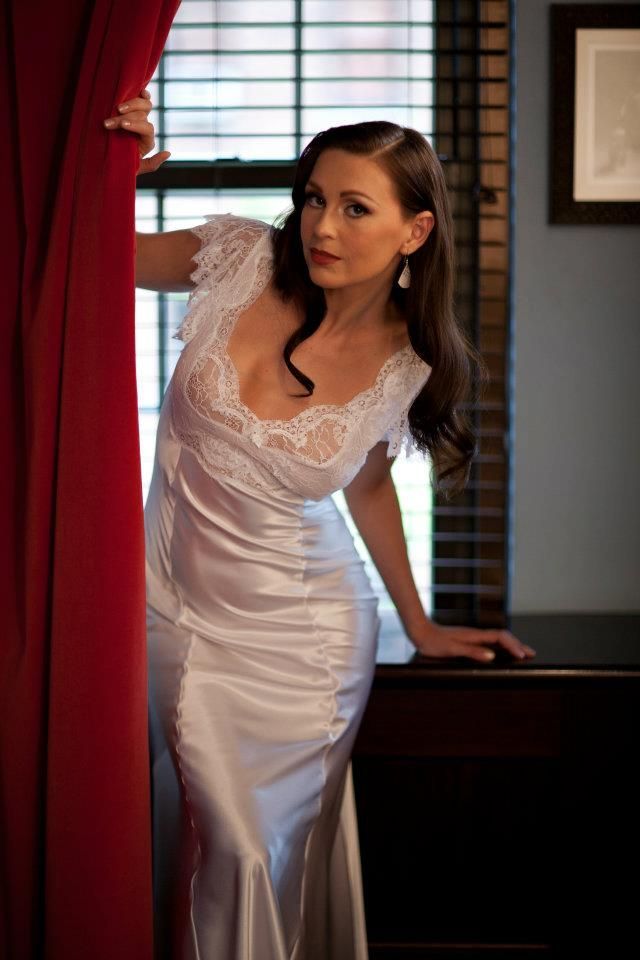 These are great for adding warmth and comfort, but can also help if you and your partner have different sleeping temperatures
These are great for adding warmth and comfort, but can also help if you and your partner have different sleeping temperatures
Styling a bed – a simple step by step
1. Start with a valance sheet to hide any unsightly bed frames.
2. Put down a mattress topper for added comfort and support. We like the Panda mattress topper.
3. Cover with a mattress protector, to prevent against stains and mites. We really rate the Casper mattress protector.
4. For a hotel-look use a flat sheet to cover the mattress. However, you can also use a fitted sheet for ease.
5. Layer a top sheet facing down against the mattress and a thin quilt if using.
6. Drape a duvet/comforter on top, and fold back the top sheet to create a cuff.
7. Stack one or two pillows on top of the bedsheets.
8. Drape a bedspread or throw over the bed. For a boutique hotel look, add a runner at the end of the bed.
For a boutique hotel look, add a runner at the end of the bed.
9. Layer up a selection of cushions in complementary colors.
How do you dress a bed with cushions?
When adding cushions to a bed, take the time to have fun and add some flair to your bed. Cushions are relatively inexpensive to replace making it the ideal opportunity to try out different colours and textures.
'Contrast cushions in varying textures, complementary colors, different shapes and sizes for a stylish look,' suggests Lucy Ackroyd, Christy's. 'Go for somewhere between three and six cushions depending on the width of your bed and group them together by size, with the largest at the back.'
How many pillows should be on a bed?
There is no right or wrong answer to how many cushions or pillows you should have on a bed. It is all down to what you find most comfortable.
As a guide Lead Home Stylist at West Elm , Mariam recommends using no less than three cushions, and one or two pillows on each side of a bed.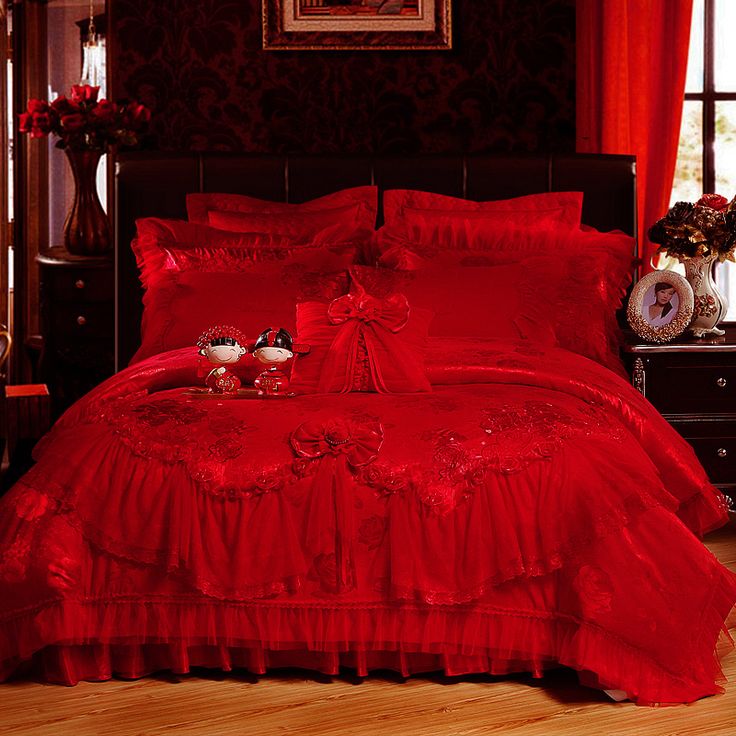
'We start with the standard size sleeping pillow, and then start stacking them out,' she explains. 'You can use two standard size pillows stacked horizontally for a more contemporary feel.'
How do you dress a bed with throws?
A statement throw is an essential finishing touch, making a bed look well-put-together with minimal effort. Adapt your throws with the shifting seasons. For example, fall and winter will call for layers of cozy blankets, while in summer a simple cotton throw is all you need to make a statement.
'When dressing your bed for winter try layering different textured throws and mixing your materials,' suggests Chrissie Rucker, founder of The White Company . 'This is a great way to elevate your bed whilst ensuring it still feels warm and cosy during the colder months.'
When choosing throws consider how you will be draping them across the bed each morning. Knitted blankets will flow best when casually draped over a bed, while stiffer throws will look neatest folded at the end of the bed.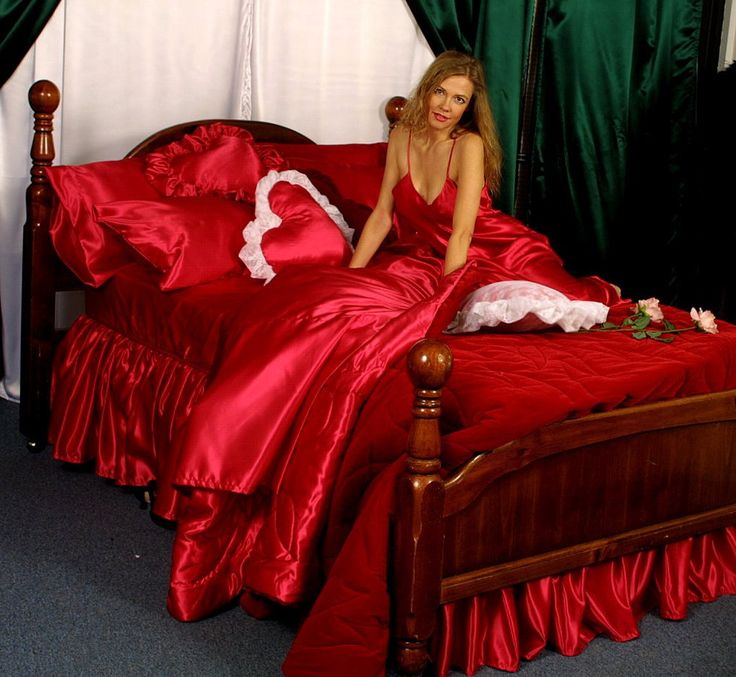
Remember a bed should go beyond being practical. Chrissie Rucker sums it up best, saying 'it should be comfortable and inviting – a sanctuary at the end of the day.'
How many layers should a bed have?
A bed should have anywhere between three and seven layers. These can include the following: a mattress protector, bed skirt, fitted or flat sheet, top sheet, duvet/comforter, blanket/throw – and, of course, pillows.
Rebecca is the News Editor on Homes and Gardens. She has been working as a homes and interiors journalist for over four years. She first discovered her love of interiors while interning at Harper's Bazaar and Town & Country during my Masters in Magazine Journalism at City, University of London. After graduating she started out as a feature writer for Women's Weekly magazines, before shifting over to online journalism and joining the Ideal Home digital team covering news and features. She is passionate about shopping for well-crafted home decor and sourcing second-hand antique furniture where possible.
Bed • Arzamas
You have Javascript disabled. Please change your browser settings.
- History
- Art
- Literature
- Anthropology
I'm lucky!
Author Alexander Pipersky
The word bed came to the East Slavic languages from the Greek κραββάτιον (“bed”). The same Greek word was borrowed into Ottoman Turkish Ottoman Turkish is the official language of the Ottoman Empire in the 15th-20th centuries. It is a Turkish language with a large number of Arabic and Persian loanwords. and through it it got into some other Slavic languages, in particular into Serbian and Macedonian (there it looks like krevet ). The first occurrence of the word bed in Russian falls on the turn of the 12th-13th centuries in the Tale of Igor's Campaign: - he says, - with a black veil on a yew bed. Translation by Dmitry Sergeevich Likhachev .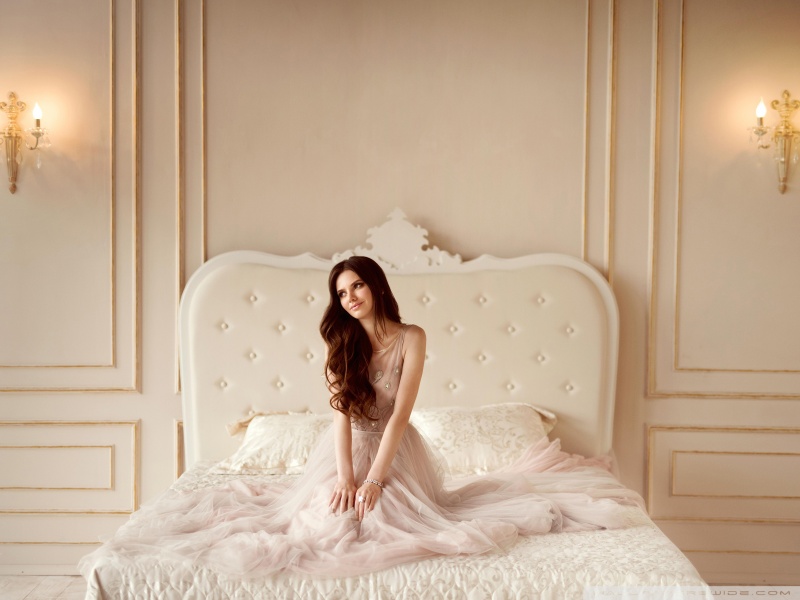 . In the Proto-Slavic language, sound o was pronounced shorter than a , and this explains the fact that unstressed (short) Greek α corresponds to Russian o , and stressed (long) Greek ά - Russian a . There are many such examples: καράβιον [caravion] turns into ship , φανάριον [phanarion] - into lantern , and σατανᾶς [satanas] tilde over a vowel denotes a special type of ancient Greek stress. in Old Russian it usually looked like soton , and the spelling close to Greek is satan prevailed only from the 14th century.
. In the Proto-Slavic language, sound o was pronounced shorter than a , and this explains the fact that unstressed (short) Greek α corresponds to Russian o , and stressed (long) Greek ά - Russian a . There are many such examples: καράβιον [caravion] turns into ship , φανάριον [phanarion] - into lantern , and σατανᾶς [satanas] tilde over a vowel denotes a special type of ancient Greek stress. in Old Russian it usually looked like soton , and the spelling close to Greek is satan prevailed only from the 14th century.
There are many Greek borrowings from different periods in Russian. These are church terms that appeared during the baptism of Rus' ( icon , sexton , anathema ), and various terms from the field of science and art ( mathematics , drama ), and numerous proper names21 Vasily ). The pronunciation of Greek borrowings can often determine when and where they came from: medieval borrowings that came through oral tradition usually follow the Byzantine Greek pronunciation (β is rendered as [v], θ as [f], η as [and]), and later borrowings are usually oriented towards the Latin or Ancient Greek pronunciation (β is rendered as [b], θ as [t], η as [e]). Therefore, it is clear that bed (and not crabbatiy ) is a borrowing “live”, from Byzantine Greek, and, for example, library from βιβλιοθήκη (and not vivliofika ) is a book borrowing.
Therefore, it is clear that bed (and not crabbatiy ) is a borrowing “live”, from Byzantine Greek, and, for example, library from βιβλιοθήκη (and not vivliofika ) is a book borrowing.
Microstrues
Daily short materials that we have released the last three years
Photo album of the day
with seminarians
Cabbage curtain
UES CRIVEN
Tellesias
First Television Bades: Nixon and Kennedy
Archive
Art
Mirrors, watery eyes, luminous paints and urban landscapes
Grusigu Mr. Malibasik
In the third issue, leading children's podcasts talk about Jerusalem and travel in time, they look for Kabanov and clarify from the physicist whether it is possible imagine the fifth dimension. The podcast was made together with the Now It's Clear project on Edutoria
About the projectLecturersTeamLicensePrivacy policyFeedback
Radio Arzamas GooseGooseStickers Arzamas
OdnoklassnikiVKYouTubePodcastsTwitterTelegramRSSHistory, literature, art in lectures, cheat sheets, games and expert answers: new knowledge every day
© Arzamas 2023. All rights reserved
All rights reserved
Let's start with the fact that there are very, very few studies and even surveys on how people sleep: in clothes or without them. According to some reports, only 30% of the world's population goes to bed naked, the rest prefer clothes for sleeping (pajamas, shirts, etc.) or what they spent the evening in. The last option is the most dangerous! It harms both the health of a person and his bed, but more on that later.
How did people sleep a couple of centuries ago?
In the 17th, 18th, 19th and even 20th centuries, any self-respecting person had a special set of clothes for sleeping. By the way, according to fashion historians, pajamas first appeared in the 15th century in the Czech Republic. Spacious nightgowns and pajama suits were a full-fledged part of the wardrobe. In the "high society" there was a special etiquette and requirements for both evening dress and night dress.
These sleepwear were only available to very wealthy people who also had laundresses who washed and steamed the clothes daily.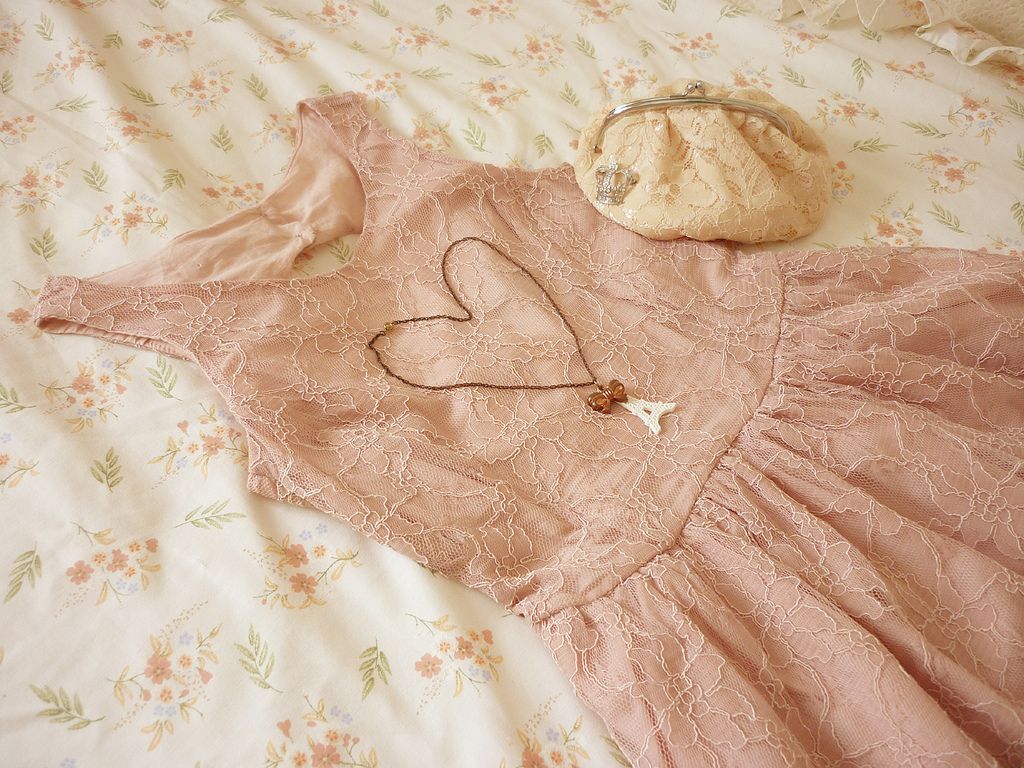
Sleep hygiene
Of course, when choosing between “sleep in pajamas” and “sleep in what you wore to work”, preferences are obviously on the side of the first option. The clothes in which you spend the night should be clean, put on only before going to bed, and immediately after waking up - take off. It is better to change pajamas every day or at least once every three days. Why so often?
During sleep, our body releases a liquid that is absorbed into pajamas, which causes an unpleasant odor. We also “carry” millions of different bacteria and microorganisms. So that they do not breed on us and in our bed, sleep clothes should always be clean!
Why is it better to sleep naked?
Alas, no matter how beautiful and clean clothes for sleep are, somnologists still recommend sleeping without them.
The main reason for this is the warmth of our body. For a full sound sleep, the temperature in the bedroom should be from 17 to 19 degrees, it may seem cool, but we sleep under the covers! Thus, the optimal body temperature is maintained, which contributes to rapid falling asleep.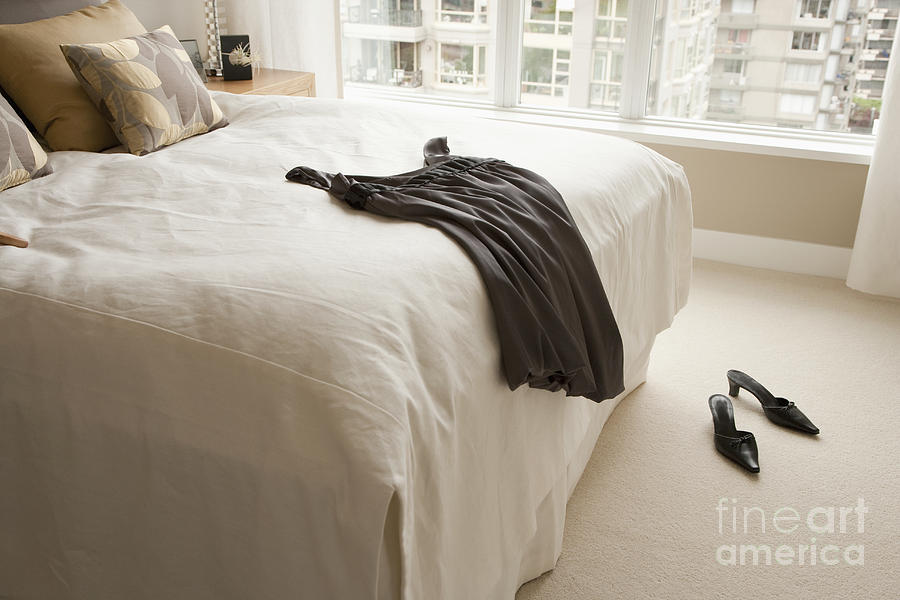 If pajamas are also added to the blanket, then most likely the person will sweat, he will be uncomfortable, which is why constant unwrapping and turning over are possible. Can this be considered a good night's rest?
If pajamas are also added to the blanket, then most likely the person will sweat, he will be uncomfortable, which is why constant unwrapping and turning over are possible. Can this be considered a good night's rest?
Researchers have also found that if the body overheats during sleep, then the production of special hormones increases, which contribute to weight gain and increase appetite. But the lack of clothing during sleep, on the contrary, in their opinion, speeds up the metabolism in the body and helps to reduce weight.
A few more facts about the benefits of naked sleep:
- Naked sleep promotes better release of melatonin, a hormone that slows down the aging process;
- Rest from clothes during sleep is simply necessary for us, because all day long we wear dozens of things that do not allow our body to “breathe”. Especially the absence of clothing is useful for the intimate organs of a person;
- Pajamas and shirts, no matter how comfortable they are, still interfere with free movement at night;
Sleeping without clothes also helps to increase self-esteem and build relationships with people around you. Even married couples who sleep naked are considered happier, as they have constant skin-to-skin contact, and thanks to this, the body actively produces oxytocin - the hubbub of happiness.
Even married couples who sleep naked are considered happier, as they have constant skin-to-skin contact, and thanks to this, the body actively produces oxytocin - the hubbub of happiness.
What is the safest sleepwear?
If you are still not ready to give up your favorite pajamas, then be sure to keep them clean and choose free, movement-free models from the right materials: natural or artificial.
Those who can confidently say to themselves: “I don't sweat” should choose pajamas and shirts made of cotton, as this material does not remove moisture. But it is soft, breathable, does not irritate the skin and perfectly warms.
But pajamas made of natural silk, in addition to being practically not felt on the body, also have thermoregulating properties. That is, when the temperature drops, silk will warm you, and when it gets hot, it will cool the body. An interesting fact: some beauty experts advise to purchase a silk cocoon for the head, which will protect the hair and make it shiny and silky.

